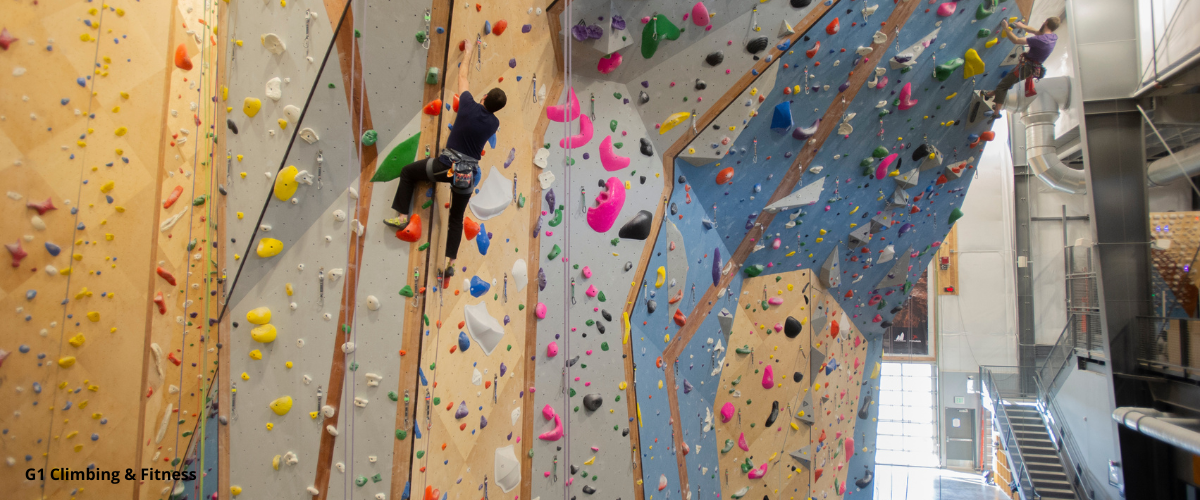Climbing Gym Programming Based on Community Feedback

Building programs based on customer feedback isn’t considered common. But could it be? In this article, we’ll explore the idea of sourcing and integrating customer feedback into programming both in practice and in hypothetical.
Article At A Glance |
|
Developing programs, workshops, and classes based on communicated customer desires instead of perceived or assumed customer desires could have some benefits, though it’s not without its cons.
Before using the feedback, some questions should be asked and answered.
- Who is giving the feedback?
- How is it being collected?
- What’s the likelihood of folks joining the classes once they run?
Ultimate question to ask yourself before going down this path: if customers felt included in the process, would they be more likely to join the courses?
The Case for Building From Customer Feedback
In theory, designing classes and workshops based on customer feedback is ideal. The customer puts in a request, and if feasible, the facility executes that request, and the course is representative of enough customer desires to fill the class and make it profitable.
At the end of the day, our customers keep our climbing gyms afloat, and by catering to their wishes, we, in theory, should be gaining their buy-in and commitment. This strengthens their relationship with our business, increases the chance of referrals (provided they have a positive experience), and increases the likelihood of them remaining a long-term member. When customers feel heard, they are more likely to stick around.
Common Pitfalls
On some level, customer feedback is a must. Customers keep the doors open with their memberships, class fees, and retail purchases. However, there can be some struggles in integrating customer feedback. Hearing a desire for a class or workshop and a customer registering could be two different conversations. Encouraging sign-ups via marketing, avoiding time slots where other events are already taking place, or selecting time slots where all can join can be challenging.
Another challenge: if a customer does want to support a course, will there be enough additional customers to make it worth the staff time to construct and run a course?
I recently heard requests from a small group wanting an adult training team at 11:00 a.m. on a weekday. Would I love to run this? Absolutely. Do I foresee any sign-ups other than the two folks who brought the idea to me? Not really.
11:00 am on weekdays is not a busy enough time to ensure sign-ups for a program, as many folks are working during that time. But we do want to run more adult training teams, the challenge being timing and ensuring commitments from participants.
In seasonal gym communities like the Pacific Northwest, Salt Lake City, and Denver, enrollments take a nose dive as the weather improves and climbers migrate from gym walls to local crags. Stopping and starting programs can be challenging with marketing efforts and instructor availability.
Where the Middle Ground May Lie
While customers may have some fabulous ideas on what kind of classes would suit the community's needs, they often lack insight into how these programs run, what it takes to build curriculum, consider other events and classes, and potential logistical hurdles like routesetting and instructor availability.
The middle ground lies in building new programs inspired by or fine-tuned by customer feedback.
One option when trying to gauge customer needs is to send out surveys with ideas for different programming that your team could run, coupled with questions about customer availability and preferred times. A second option could be utilizing surveys after classes and workshops to gather feedback and adjust based on the feedback.
One customer group that most gyms seem to struggle with serving is advanced climbers. Most gyms have classes tailored to help folks get through early plateaus as beginner or intermediate climbers.
These skills range from turning your hips toward the wall to foundational route reading, heel hooks, toe hooks and more. But what happens after that? How do customers learn about training for climbing, campusing, body tension, cadence, precision, and more? If we were able to coach climbers through these later hurdles more effectively, could we retain them as members?
One route to bridge this gap is private coaching, but that can be cost-prohibitive to many. Workshops are a great option, but there’s the weight of building a curriculum for something you may not run often. The intermediate to advanced climber is likely someone who has spent time climbing in your gym and/or outside for years and likely has a good sense of the community.
These climbers often have solid input but haven’t been polled. I’d argue there’s a case to serve them better by asking what they’d like to see, BUT ensure that your gym can integrate it sustainably and market it to achieve enrollment that makes sense for all.
Speaking of Surveys...
Our July Member Education Series Webinar is about the recently released Economic Sentiment Survey. Take the opportunity to talk with the author of the report and fully understand all the takeaways.
About the Author

Tuesday "Kirby" Kahl is a movement specialist, passionate instructor, and athlete. She is the Programs Director of Skyhook Bouldering in Portland, Oregon. Kirby has worked every job in a climbing gym, from manager, retail buyer, routesetter, and everything in between, but her true passion is instruction. Kirby's primary populations are youth and adaptive competitive athletes, but she loves assisting climbers of all ages and abilities and helping them reach their goals. She is a student at Portland State University studying Applied Health and Fitness and minoring in Neuroscience. She has been coaching for the last 15 years across several sports, enjoying a bubbling career as a swim coach before falling in love with climbing. You can find her bouldering, multi-pitching, competing, or backcountry skiing when she's not in school or coaching. Off the wall, she's a dedicated plant mom and painter.
